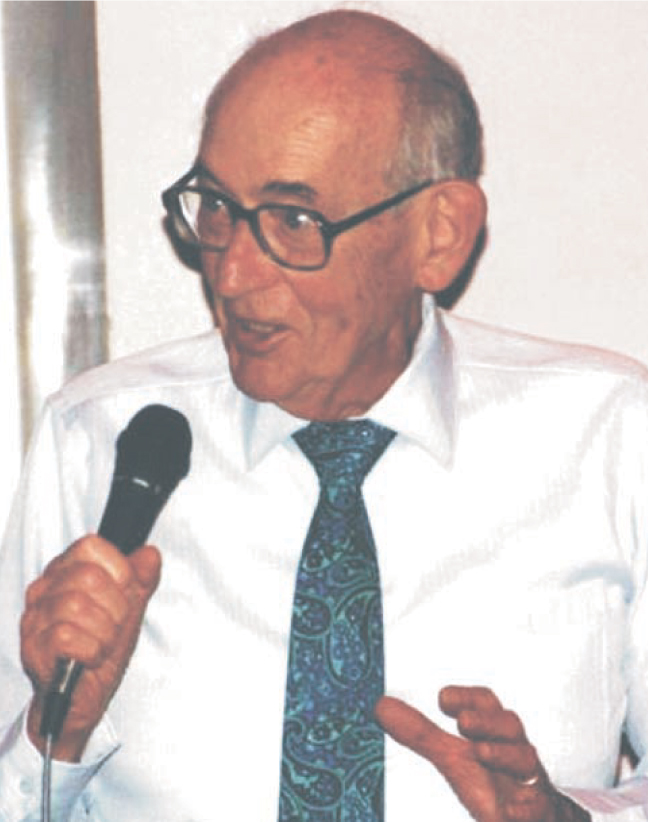Daniel Richard Frankl
DOI: 10.1063/1.1712511
Daniel Richard Frankl, an emeritus professor of physics at the Pennsylvania State University, died on 1 June 2003 in State College, Pennsylvania.
Born on 6 September 1922, in the Bronx, New York, Frankl entered an accelerated wartime program at the Cooper Union for the Advancement of Science and Art in New York City. There, he received a BS in chemical engineering in 1943 and subsequently worked for the US Rubber Co as a process development engineer until 1950. He then entered Columbia University and received a PhD in physics in 1953. His thesis research, under the direction of Thomas A. Read Jr, concerned internal friction in ionic crystals; it gave support to the then quite new concept of dislocations in solids.
After receiving his doctorate, Frankl spent the next 10 years with the Sylvania Electric Co (later General Telephone & Electronics) on Long Island, New York. He researched electroluminescence and semiconductor surfaces. During the 1962 academic year, he served as a visiting professor of physical metallurgy at the University of Illinois at Urbana-Champaign. There, his research involved using the electron microscope to observe dislocations in crystals.
Frankl became a professor of physics in 1963 at Penn State, where, with support from the Office of Naval Research and NSF, he initially investigated the interactions of crystals surfaces with various probe particles. In the early 1970s, his emphasis shifted to studying how the beams of helium atoms diffract from surfaces of various crystals, including alkali halides, diamond, and graphite. That highly sensitive technique yielded very precise information about atomic positions and interaction forces. Notably, Frankl’s experiments with William E. Carlos provided the first confirmation, in 1979, of the prediction of band structure effects for adatoms. Not long after, those results were shown to be consistent with thermodynamic data from groups led by J. Greg Dash, David L. Goodstein, and Oscar E. Vilches.
During his 25 years at Penn State, Frankl also spent time as a visiting senior research associate at the University of Sussex, England (1969–70), where he worked on the nucleation of films on solid substrates. He spent a year (1978–79) as a visiting research physicist at the University of California, San Diego, where his research was on coherence effects in atomic beam diffraction. Later (1986–87), he was a visiting fellow of Fitzwilliam College at the University of Cambridge. There, he examined the instrumental effects involved in determining line shapes in atomic beam scattering.
Frankl published two books, Electrical Properties of Semiconductor Surfaces (Pergamon Press, 1967) and Electromagnetic Theory (Prentice Hall, 1986). He also was the electronics and semiconductors divisional editor for the Journal of the Electrochemical Society and associate editor of the Review of Scientific Instruments.
After Frankl retired from Penn State in 1988 with the rank of professor emeritus of physics, he retained his enthusiasm for physics, manifested by his frequent attendance at departmental functions. In addition, he enjoyed bridge, golf, woodworking, photography, and traveling. He brought the same high standard to those leisurely activities as he did to his research and teaching. He was a greatly admired colleague whose ideas, curiosity, and humor we sorely miss.

Daniel Richard Frankl

More about the Authors
Moses H. W. Chan. Pennsylvania State University, University Park, US .
Milton W. Cole. Pennsylvania State University, University Park, US .
J. D. Maynard. Pennsylvania State University, University Park, US .
